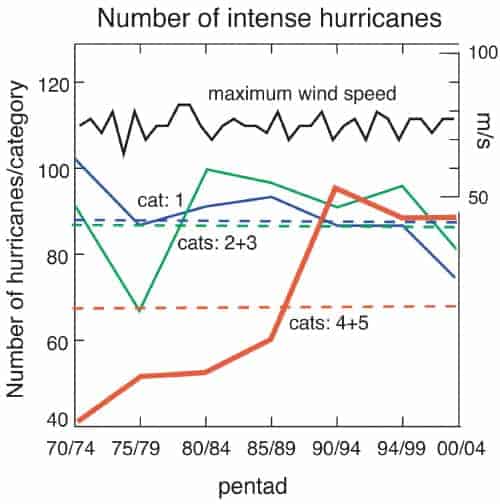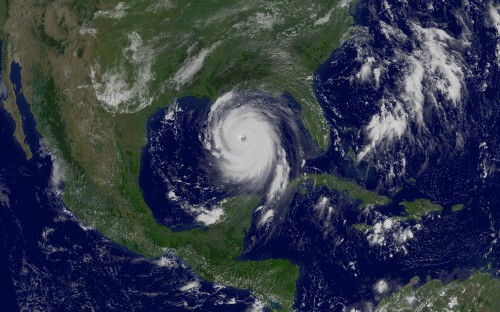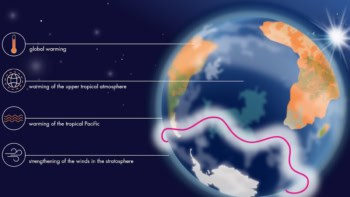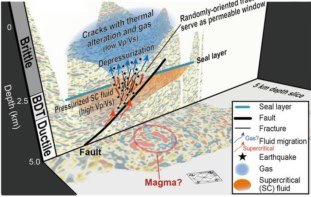Higher surface temperatures of the world's oceans could be responsible for the big rise in the strength of hurricanes, say US scientists. Using data from six ocean basins in the last 35 years, Carlos Hoyos and colleagues at the Georgia Institute of Technology in Atlanta have identified higher surface temperatures as the single most important variable in the increased frequency of Category 4 and 5 hurricanes. The result will doubtless lead to renewed debate over whether global warming is responsible for such extreme weather events (Sciencexpress 1123560).

A number of studies have shown that hurricanes have steadily become stronger over the last 25 years, particularly in recent years (figure 1). Indeed, 2005 was a record year in terms of the number of severe hurricanes, with hurricane Katrina alone claiming 1300 lives and causing over 100 billion dollar’s worth of damage.
Some researchers think that this rise is due to higher sea surface temperatures providing “fuel” for the hurricanes (generally, the sea surface temperature must be above about 26°C for hurricanes to form and intensify). Others, however, believe that higher surface temperatures do not necessarily mean stronger hurricanes, and that additional variables — such as wind shear and humidity — could also be responsible.
The new Georgia Tech study has now clarified this issue, showing that while hurricane intensity may be substantially influenced by these other factors for an individual storm or storm season, only an increase in sea surface temperatures can account for the long term increase in hurricane strength.
Hoyos and co-workers analysed how four different climatic factors — sea surface temperatures, humidity in the lower troposphere, vertical wind shear and the changes in “zonal” winds with longitude — varied between 1970 and 2004, based on satellite data for the North Atlantic, West Pacific, East Pacific, South Pacific, South Indian and North Indian oceans. The team used information theory to analyse the relationship between the variables and the number of Category 4 and 5 hurricanes observed, and employed time series analysis to distinguish long-term trends from shorter-term variations. The results showed a clear, positive increase in global sea surface temperatures since 1970, and no sign of any global trends in humidity, wind shear or zonal wind change.
“This research supports the hypothesis that the worldwide increase in sea surface temperatures since 1970 is contributing to increase in global hurricane intensity,” team member Judith Curry told PhysicsWeb. “The current consensus is that the increase in tropical sea surface temperatures during the last 35 years is attributed to anthropogenic greenhouse warming.”




